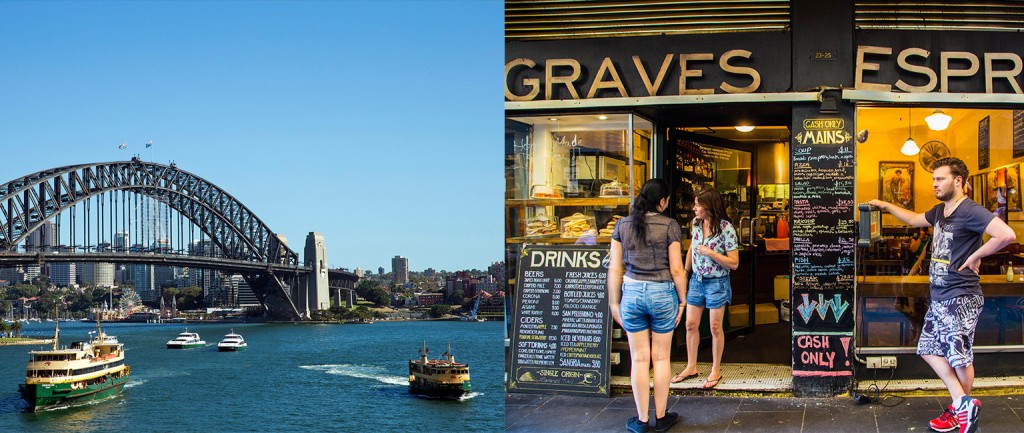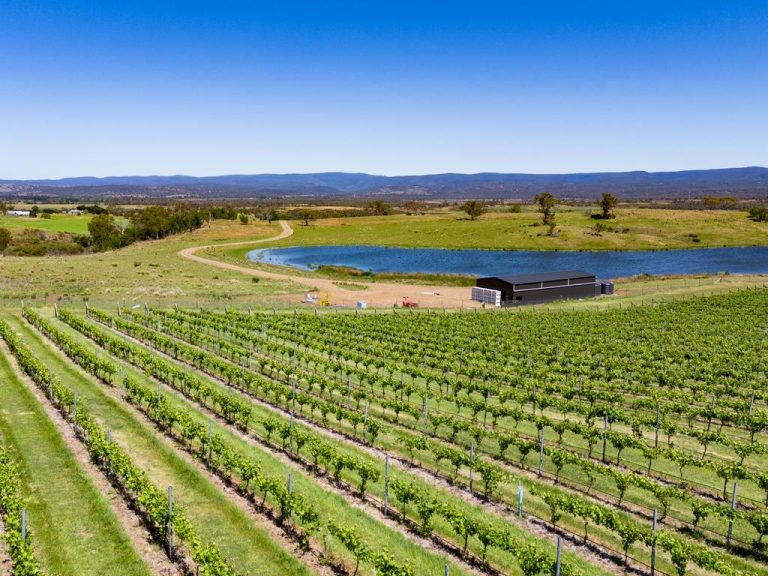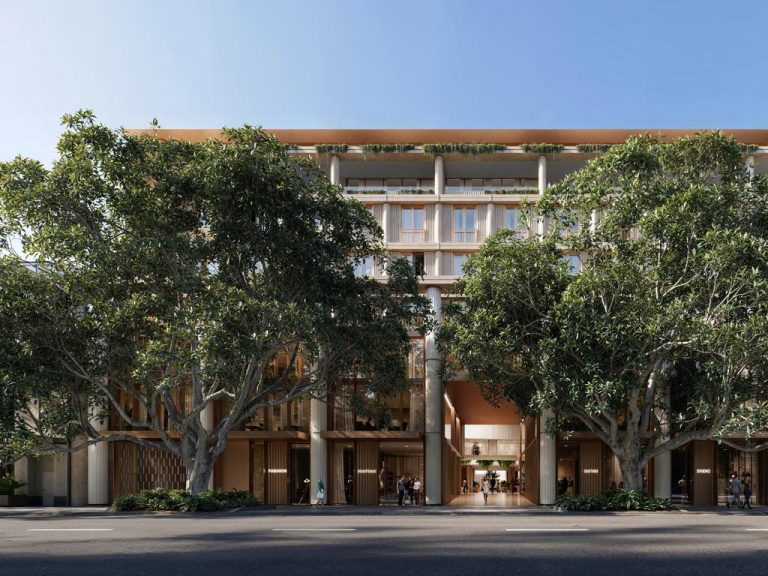Battle of the cities: Sydney vs Melbourne

Which city comes out on top in the battle for commercial property supremacy?
When Sydney and Melbourne are pitted against each other, it’s usually to highlight their differences. But when it comes to commercial property, there tend to more similarities than differences.
Space, vacancy and rents
While the two cities are quite different geographically, the total available space in the two CBDs is actually very similar, with Melbourne’s CBD and fringe containing 4.7 million sqm and Sydney’s CBD containing 4.9 million sqm.
Commercial vacancy rates are also similar, with 8.5% vacancy for Melbourne CBD and 8.4% vacancy for Sydney CBD in June 2014.
Rents in Sydney are often struck on a gross basis (that is, reflecting all occupancy costs to the tenant); while rents in Melbourne will often be quoted on a net basis. However, outgoings expressed as a rate per square metre are generally similar in the two cities. Achievable market yields are slightly stronger in Sydney than in Melbourne, and Sydney’s higher net rents also results in higher capital values.

Read more: Demand driving strong prices for CBD offices
New developments
Both Sydney and Melbourne are experiencing significant population growth in fringe CBD precincts, resulting from increased levels of high-density accommodation.
Some of this accommodation has been converted from older commercial and industrial buildings, which has reduced the supply of such assets.
Newer developments are providing ground-floor retail space to cater to the building’s residents, which has created “village-like” communities. Although this style of development is more common in Melbourne, it has also been embraced in Sydney over the past three to five years.
Both cities are experiencing significant population growth in fringe CBD precincts.
Retail property
Sydney and Melbourne both have “prime retail strips” that are destination shopping precincts. These strips typically have very low vacancy rates, high rents and consistently strong patronage.
Increasing numbers of residents in the areas surrounding these strips is helping them to remain popular and command strong rents. Typical yields for established, well-located property in these strips are in the range 4% to 5%, while property with further development potential can achieve yields below 4%.
Industrial property

Of Australia’s capital cities, Melbourne has the largest amount of available industrial land, while Sydney has the second largest.
Read more: Industrial property – a tale of two cities
Generally both Sydney and Melbourne have stable industrial markets with limited capital growth. As a result, returns are achieved through rental yields, which range from around 7% for prime assets with quality lease encumbrances to 10% or more for lower quality assets. But although yields are comparable, Sydney’s higher rental rates – typically $30 to $50 per sqm above those in Melbourne – results in higher capital values in Sydney.
Sydney’s higher rental rates results in higher capital values.
Both markets have growth areas, typically close to their ports and airports. Port Melbourne is one such example in Melbourne, while the Port of Botany expansion and Enfield Intermodal Logistics Centre in Sydney is another.
Read more: Port of Melbourne: the price of success
The wrap-up

Commercial property markets in Sydney and Melbourne show significant similarities in size and activity. Both markets have a strong base and are not easily shaken by mild variances in the economic climate. As a result, rather than focusing on whole cities, investors must look at individual properties on a case-by-case basis, making sure that they can prove a history of strong, consistent growth.
Investors must look at individual properties on a case-by-case basis.







